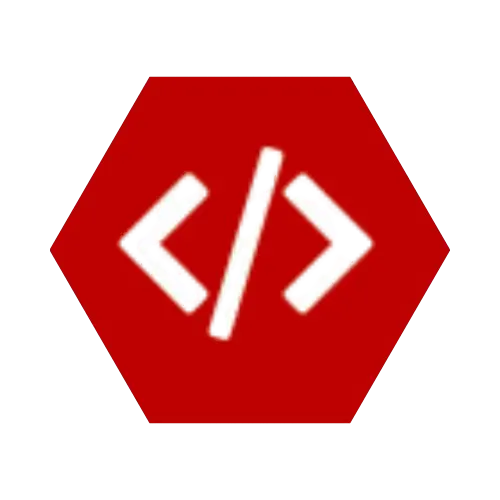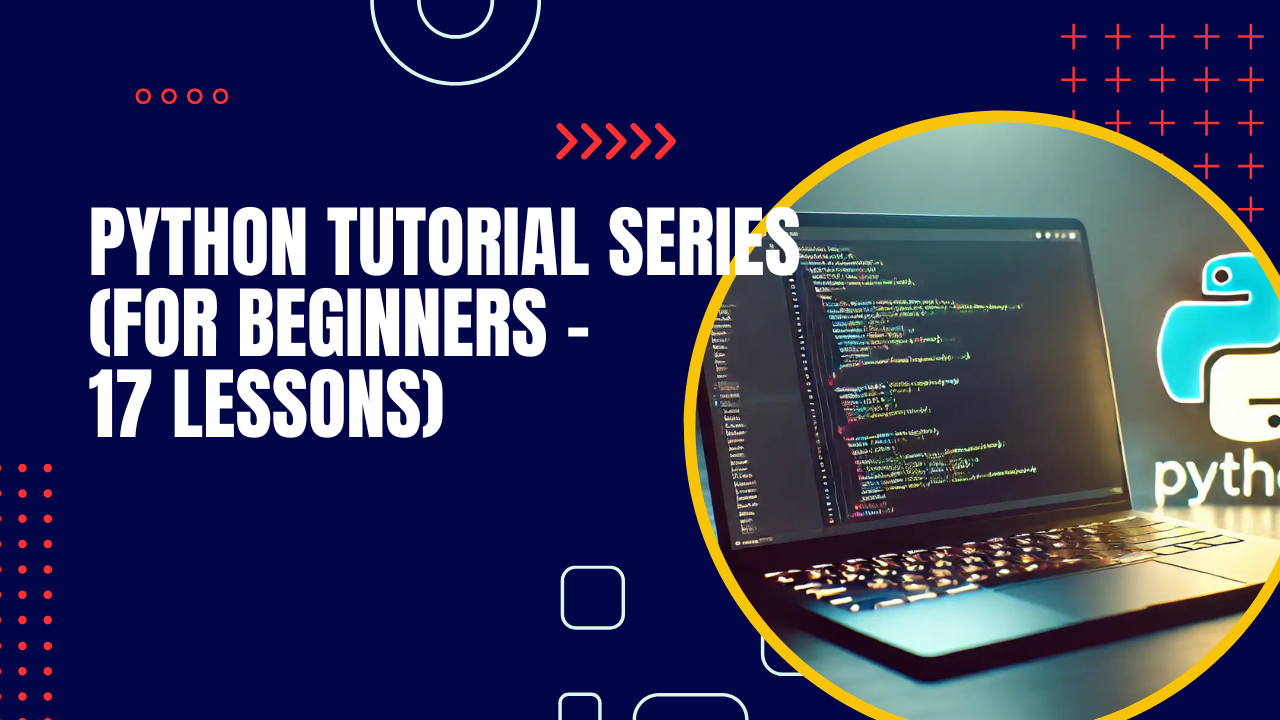Welcome back to the Python Tutorial Series for Beginners! 🎉
In Lesson 4, we explored strings – how to create them, manipulate them, and use powerful built-in methods.
Now in Lesson 5, we’re diving into lists – one of the most useful and versatile data structures in Python.
By the end of this lesson, you’ll understand:
- What lists are and how to create them
- Accessing, slicing, and modifying lists
- Common list methods
- Nesting lists (lists inside lists)
- Practical exercises to solidify your knowledge
🔹 What is a List?
A list is a collection of items (elements) stored in a specific order. You can store numbers, strings, or even other lists inside a list.
- Lists are written with square brackets
[] - They can contain different data types
🔹 1. Accessing List Elements
Just like strings, lists are indexed (starting at 0).
🔹 2. Modifying Lists
Lists are mutable (you can change them after creation).
🔹 3. Slicing Lists
You can extract parts of a list using slicing.
🔹 4. Common List Methods
Python provides many built-in methods for working with lists.
🔹 5. Nesting Lists (Lists Inside Lists)
You can store lists inside other lists (like a 2D table).
🔹 Exercises for Beginners
Try these in a new file (lesson5.py):
- Create a list of your 5 favorite foods and print the first and last item.
- Modify the second item in the list to something new.
- Use slicing to print only the middle 3 numbers from
[1,2,3,4,5,6,7]. - Create a list of 3 names, then:
- Add another name using
.append() - Remove one name using
.remove()
- Challenge: Create a 2D list (matrix) and print the element in row 2, column 3.
🎯 Recap
In this lesson, you learned:
✅ Lists are collections of items in square brackets
✅ You can access, modify, and slice list elements
✅ Lists have powerful built-in methods
✅ You can even nest lists for multi-dimensional data
Next up: Lesson 6 – Tuples in Python (an introduction to immutable sequences). 📚
💼 Need a Developer?
I'm Kingsley Odume, a Django, Flask, and FastAPI developer with experience building SaaS platforms, APIs, and modern web apps.
If you're a recruiter or business owner looking for a reliable software developer, let's connect!
🚀 Hire Me



